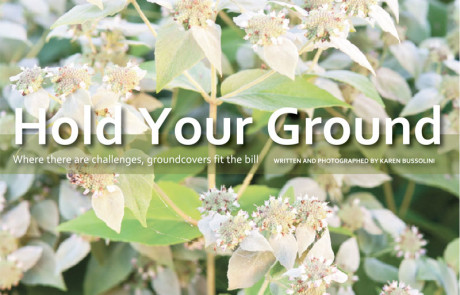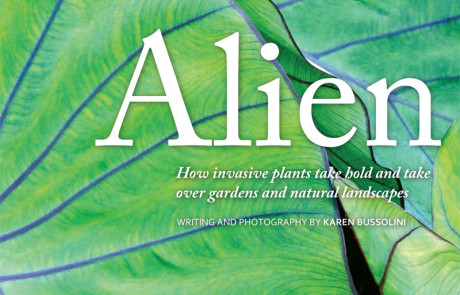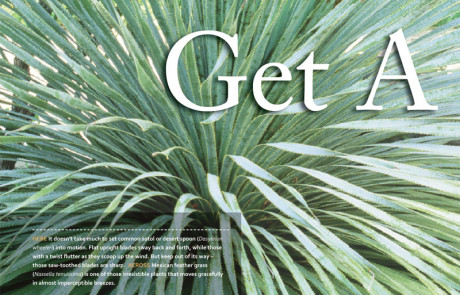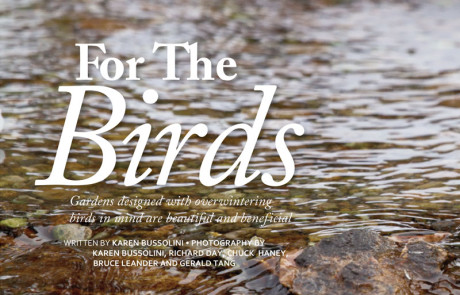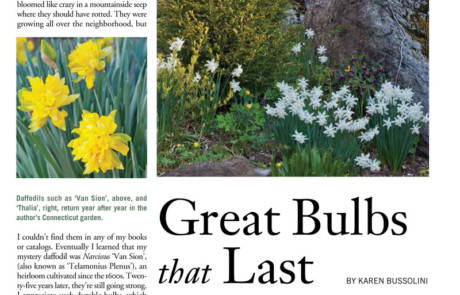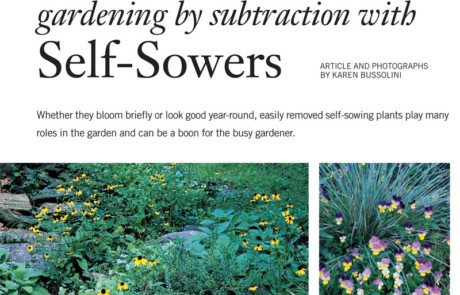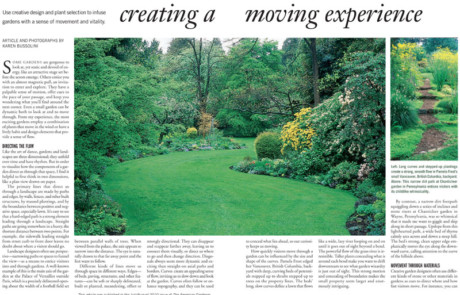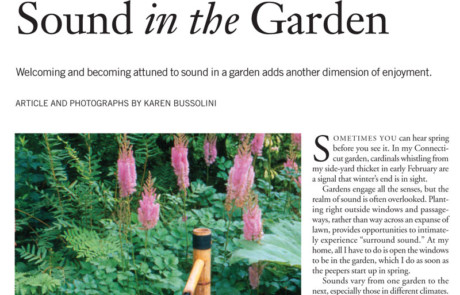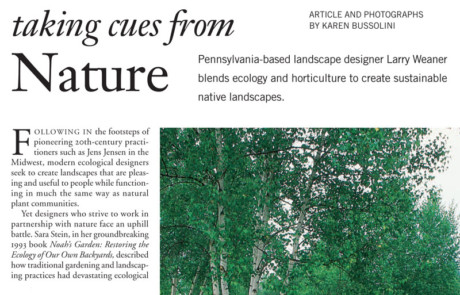Wildflower
(The Lady Bird Johnson Wildflower Center)
Filling every niche with a native plant to cover ground is an important part of sustainable landscaping. Problem spots and tricky niches can become low maintenance wildlife friendly places of beauty with the right plant in the right place.
